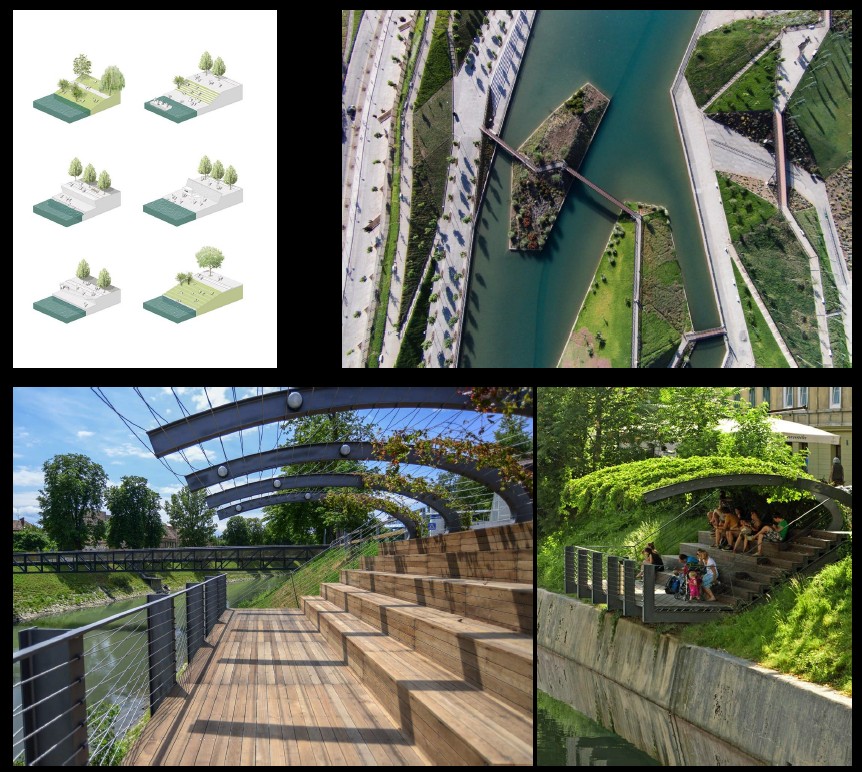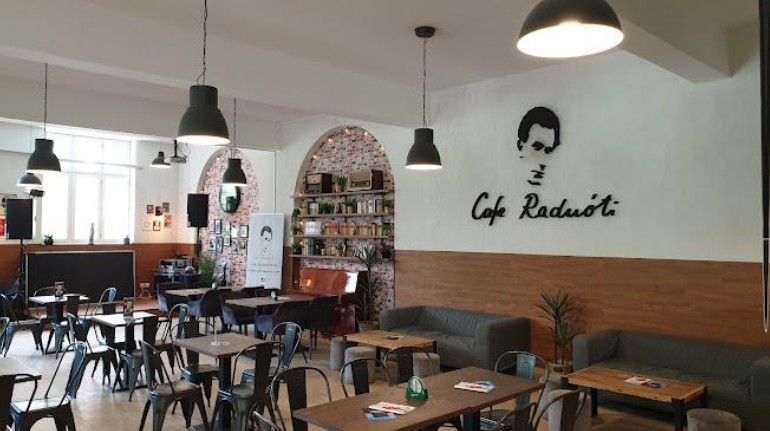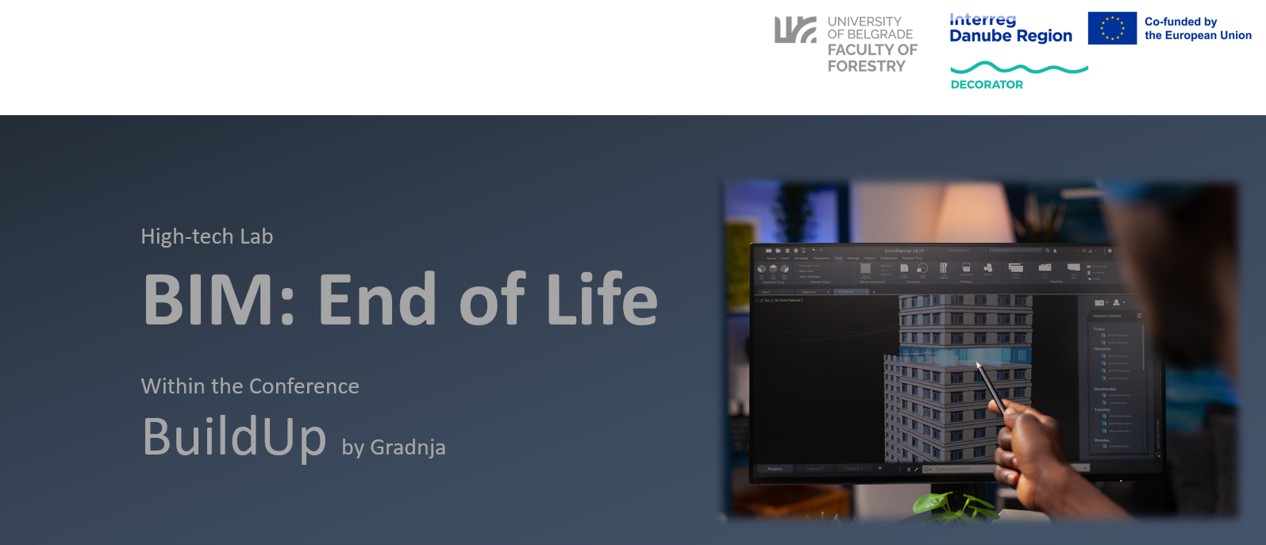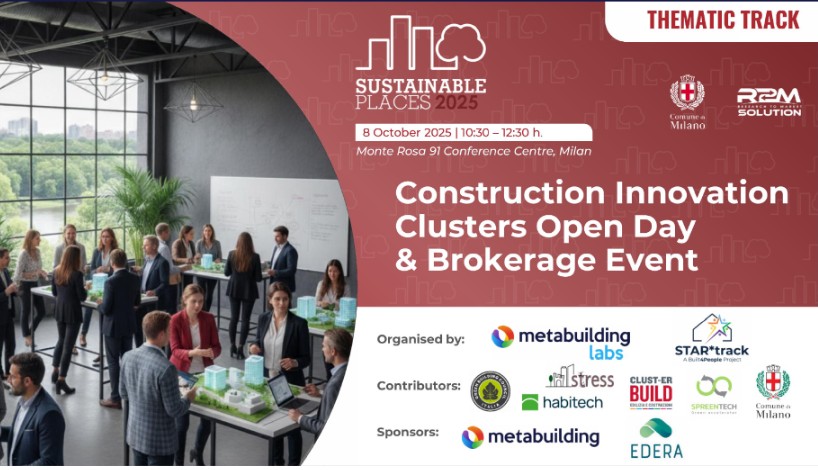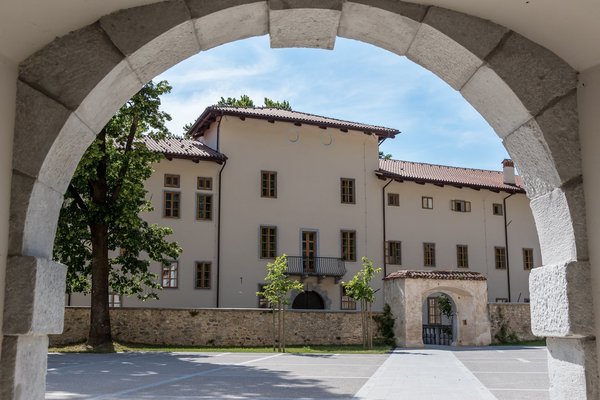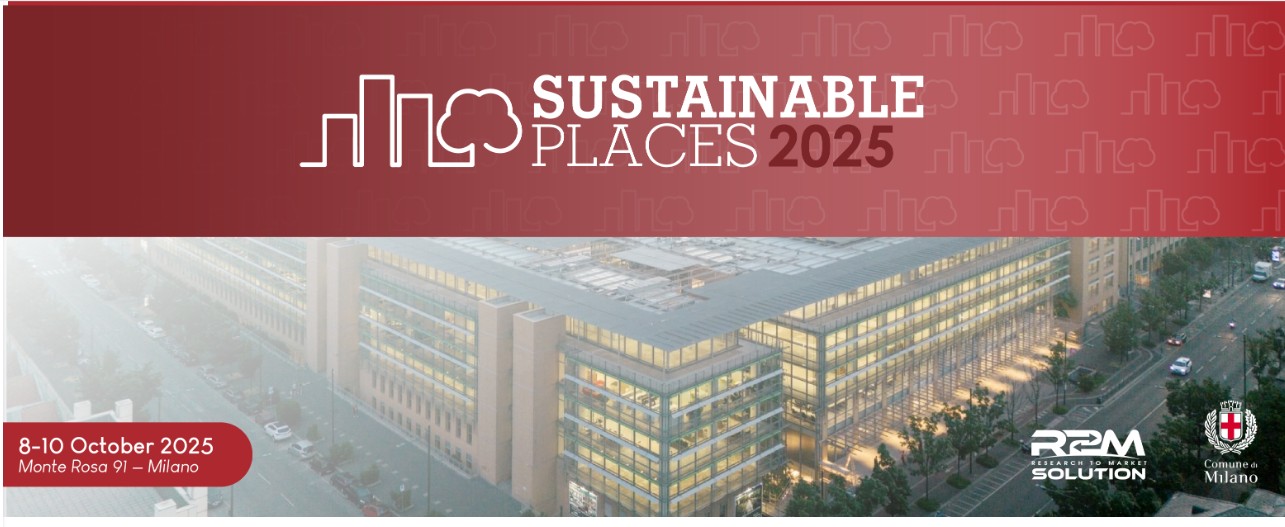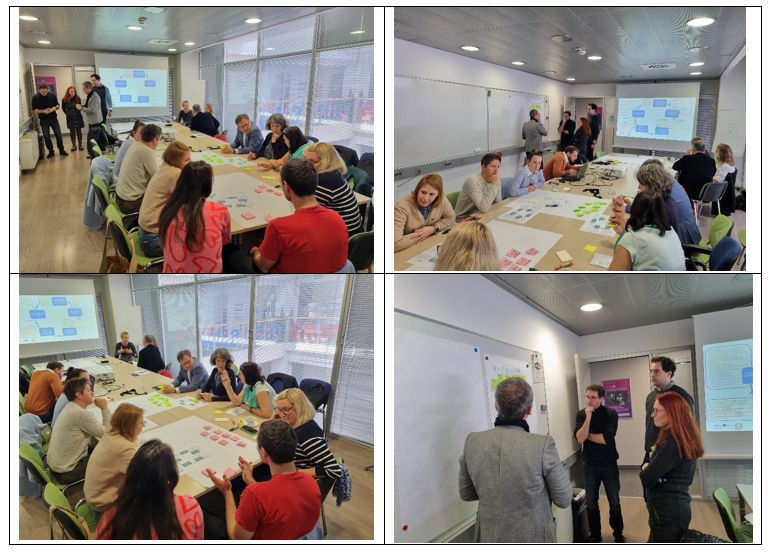
5th March: World Cafe in Slovenia
The DECORATOR Local World Café, held at the Ljubljana Technology Park on March 5th, 2024, aimed to foster dialogue within the sustainable construction sector in Slovenia. Stakeholders from various fields convened to share successful stories and practices, contributing to sustainability in the Danube region's construction processes. A preparatory document by the University of Nova Gorica reflected on the circular economy's state in the building sector, highlighting the need for evolution to reduce waste and enhance efficiency. Discussions in the World Café sessions covered topics like design, materials sourcing, construction phases, usage, and repurposing versus demolition. Challenges and good practices were identified, emphasizing the importance of collaborative efforts for systemic change in the construction sector towards sustainability. The event served as a platform to share insights and strategies, which will influence ongoing initiatives and potentially policy and practice at national and transnational levels.
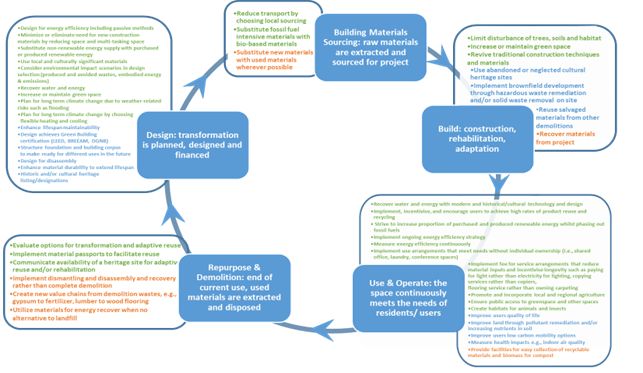
The design phase – transformation is planned, designed and financed
The design phase is the most critical both when dealing with new constructions and with adaptive reuse interventions. It is the moment when designer and investors decide about the most appropriate solutions in terms of CO impact, maintenance cycles, future dismantling, materials sourcing, global vs local markets, employ of local crafts and artisans, etc. In the presented scheme, these are the main topics:
· Design for energy efficiency including passive methods;
· Minimize or eliminate need for new construction materials by reducing space and multi-tasking space
· Substitute non-renewable energy supply with purchased or produced renewable energy;
· Use local and culturally significant materials;
· Consider environmental impact scenarios in design selection (produced and avoided wastes, embodied energy and emissions);
· Recover waste and energy;
· Increase or maintain green spaces;
· Plan for long term climate change due to weather-related risks such as flooding;
· Plan for long-term climate change by choosing flexible heating and cooling;
· Enhance lifespan maintainability;
· Design achieves green building certificates (LLED, BREEAM, GBC, DGNB);
· Structure foundation and building corpus to make ready for different uses in the future;
· Design for disassembly;
· Enhance material durability to extend lifespan;
· Historic and cultural heritage listing designation for protection
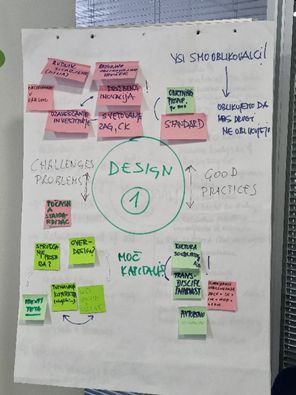
The building materials sourcing phase – raw materials are extracted and sourced for project
This phase is partly depending on the design and partly on the tender and/or contracting. It refers to the moment when materials are taken to be processed in the building site. The less we build, the less we extract, or at least the more we build by reusing materials, the less we extract. The main topics to discuss for this phase are:
· Reduce transport by choosing and using local sourcing;
· Substitute fossil fuel intensive materials with bio-based materials;
· Substitute new materials with used materials wherever possible;

The build phase – construction, rehabilitation, adaptation.
The construction phase is particularly important for the actuating of the project i its quality. The design may be perfect, but if the handwork is not correctly performed, the project quality falls. This phase may also impact the quality of materials, if it includes demolitions. The main topic identified in the schema are:
· Limit disturbance of trees, soils and habitat (in terms of impact on the existing quality of land and landscape);
· Revive traditional construction techniques and materials;
· Use abandoned or neglected industrial or cultural heritage sites, prioritizing reuse instead of new constructions;
· Implement brownfield development through hazardous waste remediation and/or solid waste removal on-site;
· Reuse salvaged materials from other demolitions;
· Recover materials from project itself (as in the traditional building site).

The Use and Operate phase – The space continuously meets the needs of residents/users
How the building is use is today one of the main concerns from the socio-economic perspective. We have indeed noticed that buildings themselves are used in a very inefficient ways and differently from country to country. Let us look at schools, public buildings for their long non-operational stands, but also at private buildings that are asking for energy provisions also when this is not necessary or socially useful. The main topics for this phase are:
· Recover water and energy with modern and historical/cultural technology and design;
· Implement, incentivise and encourage users to achieve high rates of product reuse and recycling;
· Strive to increase proportion of purchased renewable energy whilst phasing out fossil fuels;
· Implement ongoing energy efficiency strategy;
· Measure energy efficiency continuously;
· Implement use arrangements that meets needs without individual ownership (i.e. shared office, laundry, conference spaces, etc.);
· Implement fees for service arrangements that reduce materials inputs and incentivise longevity such as paying for light rather than electricity for lighting, copying services rather than copiers, flooring service rather than owning carpeting;
· Promote and incorporate local and regional agriculture;
· Ensure public access to greenspace and other spaces;
· Create habitats for animals and insects (thus enabling a more ecosystemic utility);
· Improve users quality of life;
· Improve land through pollutant remediation and/or increasing nutrients in soil;
· Improve users low carbon mobility options;
· Measure health impacts e.g. indoor quality;
· Provide facilities for easy collection of recyclable materials and biomass for compost
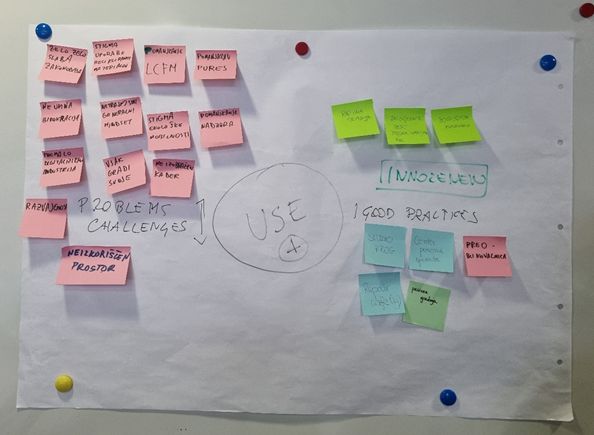
The Repurpose and Demolition phase – construction, rehabilitation, adaptation.
This phase refers to the ending part of a building life and the decisions taken about its demolition, recovery, upscaling. The main topics to reflect on are:
· Evaluate options for transformation and adaptive reuse;
· Implement materials passports to facilitate reuse;
· Communicate availability of a heritage site for adaptive reuse and/or rehabilitation;
· Implement dismantling and disassembly and recovery rather than complete demolition;
· Create new value chains from demolition wastes, e.g. gypsum to fertilize, lumber to wood flooring, reselling of furniture, reselling of building components such as doors, windows, sinks, WCs, etc.;
· Utilise materials for energy recover when no alternative to landfill.
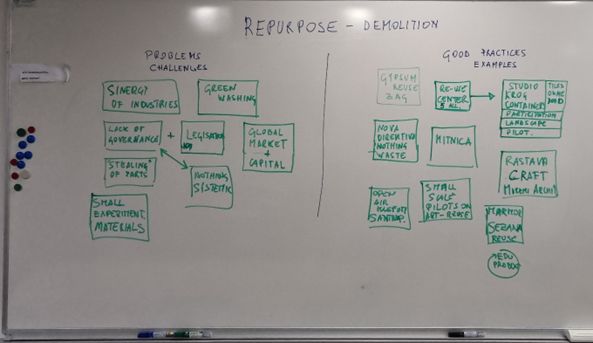
News & Events
Read the most recent updates and explore the upcoming events.

